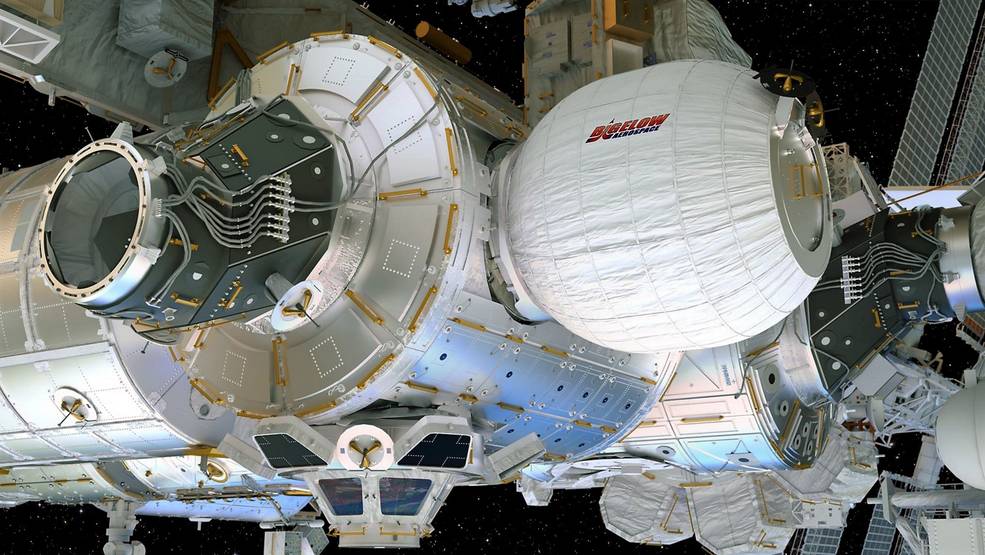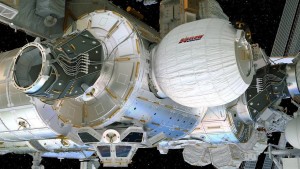This past Sunday, 7,000 pounds of cargo were delivered to the International Space Station (ISS). New technologies are demonstrated and breakthroughs in research occur in this unique microgravity environment.
The SpaceX Dragon capsule carried crew supplies, scientific gear and an expandable module demonstration to the ISS.
This first human-rated expandable structure was on this flight. Known as the Bigelow Expandable Activity Module, or BEAM, the habitat will be evaluated over the course of two years to see how it performs. Investigators are particularly interested in how well it protects against solar radiation, space debris and the extreme temperatures of space. The structure is designed to take up less room on a rocket during launch but provide a greater area for humans to live and work once it is expanded. Astronauts will enter the module three-to-four times a year for a few hours at a time. They will retrieve sensor data and assess the condition of the module. BEAM is an example of NASA’s increased commitment to partner with industry – a partnership that enables the growth of the commercial use of space.
Other research delivered on this flight will help investigators learn about the impact antibodies have on muscle wasting, how particle flows interact at a nanoscale level and how the growth of protein crystals in this microgravity environment can help in the design of new disease-fighting drugs. The continuing investigations in the microgravity environment are helping to make discoveries that can benefit life on Earth and advance NASA’s journey to Mars.


